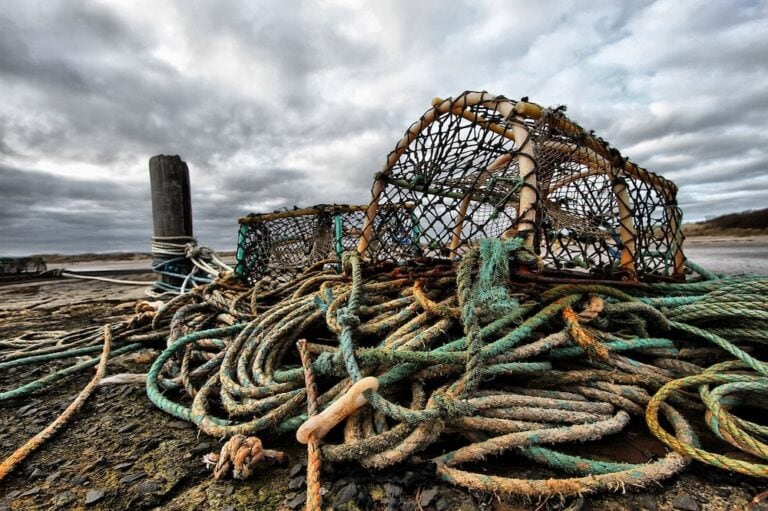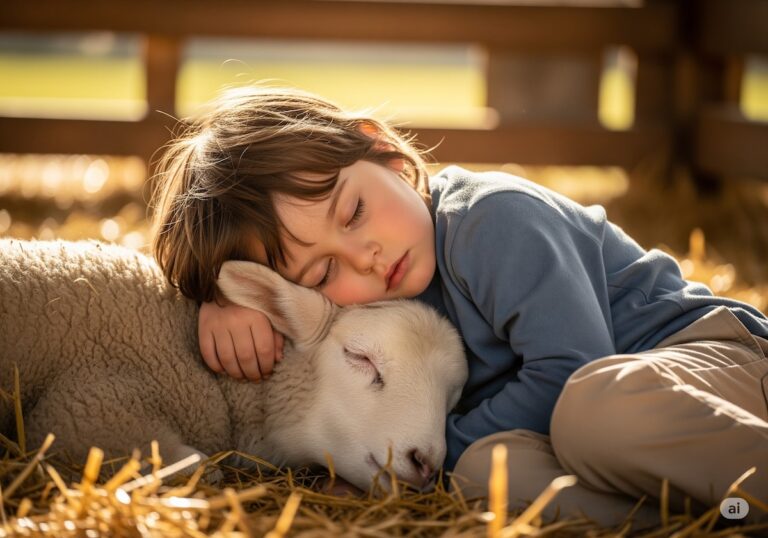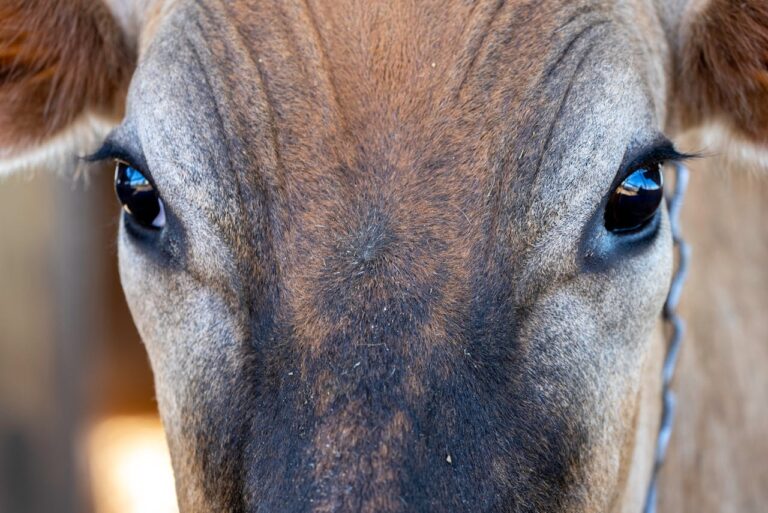For centuries, leather has been ubiquitous in fashion, automotive, and interior design. However, the ethical and environmental toll of animal leather production is undeniable, from vast land and water usage to greenhouse gas emissions and harmful chemical processes. The good news? We’re living in an exciting era of innovation, with incredible advancements in environmentally sustainable, animal-free alternatives that are rapidly gaining traction.
Gone are the days when “vegan leather” simply meant plastic-based pleather. Today’s alternatives are pushing boundaries, offering materials that are not only plant-based but also boast impressive durability, versatility, and a significantly reduced environmental footprint.
Let’s take a look at some of the cutting-edge developments:

Mycelium Leather: From Fungus to Fashion’s Future
Perhaps one of the most revolutionary innovations comes from the humble mushroom. Mycelium leather, derived from the root-like structure of fungi, is being hailed for its low environmental impact and remarkable leather-like properties. Companies are now able to grow mycelium in labs through a process called myco-fabrication, engineering the cells to form dense, customizable sheets.
What makes mycelium leather so exciting?
- Carbon-Neutral & Biodegradable: It can be grown with minimal environmental impact and is 100% biodegradable, breaking down naturally at the end of its life.
- Durable & Versatile: Mycelium leather is proving to be strong, flexible, and resistant to wear and tear, making it suitable for everything from luxury handbags (like those from Hermès) to sneakers (even explored by Adidas).
- Reduced Waste: The controlled growth process generates very little waste compared to traditional leather production.
Advancements in cultivation systems, like those developed by the Textile Research Institute (TTRI), are dramatically increasing production efficiency, allowing for larger yields and consistent nutrient supply, paving the way for wider adoption.

Fruit-Based Fabrics: From Waste to Wonder
The concept of turning agricultural waste into high-value materials is gaining serious momentum. Several innovative companies are transforming fruit by-products into stunning leather alternatives:
- Pineapple Leather (Piñatex®): Made from cellulose fibers extracted from discarded pineapple leaves—a byproduct of pineapple harvests—Piñatex® is a pioneer in the plant-based leather space. Brands like Nike, Hugo Boss, and H&M have embraced this material, which diverts agricultural waste from landfills and provides additional income for farming communities. It’s breathable, water-resistant, and has a significantly lower carbon footprint than traditional leather.
- Apple Leather (VegaTex™): Utilizing the leftover pomace and peels from the fruit juice industry, apple leather reduces food waste, requires significantly less water and energy to produce than animal leather, and is free from many of the toxic chemicals associated with synthetic leathers. Brands like Vivienne Westwood and Tommy Hilfiger are incorporating this innovative material into their collections. In addition to AppleSkin, Vegatex also produces LemonSkin and BarleySkin.
- Grape Leather (Vegea®): Born from the Italian winemaking industry, grape leather repurposes grape marc (skins, pulp, seeds, and stems) into a durable material. By combining these grape leftovers with vegetable oils and water-based polyurethane, companies are creating a product with a high content of renewable and recycled raw materials, reducing waste from a major agricultural sector.

Cactus Leather: Resilient and Resourceful
Originating from Mexico, Desserto® cactus leather is made from the fibers of the Nopal cactus. This material is incredibly hardy, requiring minimal water to grow, especially compared to animal agriculture. It’s highly durable and flexible, making it an excellent option for various applications, from fashion accessories to automotive interiors (including Mercedes-Benz). In addition to its low water footprint, Desserto’s cactus farms also sequester carbon from the atmosphere.

Fleather: From Temple Waste to Sustainable Style
Born in India, Fleather offers a unique vegan leather alternative made from discarded temple flowers. Millions of these pesticide-laden flowers currently pollute rivers like the Ganges. The startup Phool, meaning “flower,” collects millions of these flowers before they become waste, and employs hundreds of women from marginalized communities to transform it into a valuable material.
The founders of Phool discovered that discarded flowers, under specific conditions, naturally form a dense, fibrous mat through microbial action. They now cultivate this growth in controlled environments, using flower waste as the primary ingredient.
Phool’s impact is significant: the initiative reduces toxic floral waste pollution, provides a livelihood for local women involved in collection and processing, and creates a material that is fully biodegradable once its useful life is over. This innovative approach turns a very real waste problem into a sustainable solution for manufacturing.

Earth-Friendly & Accessible: Everyday Alternatives to Leather
While these high-tech and fruit-derived leathers are incredibly exciting, accessibility is key to widespread impact. Many consumers aren't in a position to invest in the latest and often more expensive innovations. The good news is that there are also fantastic, more traditional, and often more affordable plant-based materials that offer excellent alternatives to animal leather.
For those seeking sustainable and ethical alternatives without breaking the bank, a range of natural and readily available materials provide excellent options. These fabrics, often utilized for their inherent strength and versatility, can be transformed into durable and stylish goods.
- Hemp: A true sustainability superstar, hemp has been cultivated for thousands of years and celebrated for having an incredibly low environmental footprint. It requires minimal water, no pesticides, and naturally enriches the soil. When woven densely, especially in “hemp canvas” or “hemp denim,” it can create a remarkably strong and resilient material that stands up well to wear and tear. While it might not have the supple feel of high-end leather alternatives, its rugged durability makes it ideal for bags, backpacks, belts, and casual footwear. Modern processing techniques are also making hemp fabric softer and more refined, broadening its potential applications.
- Bamboo: Known for its rapid growth and minimal resource requirements, bamboo is another eco-friendly fiber gaining popularity. Bamboo fabric, often processed into a textile resembling linen or even a soft suede, can be an excellent alternative for lighter-weight bags, wallets, and even certain items of clothing. It’s naturally antibacterial, breathable, and surprisingly durable, offering a comfortable and sustainable option.
- Cork Leather: Often overlooked, cork is a fantastic and highly sustainable material. Harvested from the bark of cork oak trees (a process that doesn’t harm the tree and actually benefits its growth and carbon sequestration), cork is lightweight, water-resistant, and incredibly flexible. Thin sheets of cork are bonded to a fabric backing (often cotton) to create a material that looks and feels surprisingly like leather, complete with natural variations in pattern. Cork products, from wallets and handbags to shoes, are becoming increasingly common and are often very competitively priced. Its natural durability and unique aesthetic make it a truly appealing option.
- Washable Kraft Paper: While it might sound unusual, specially treated “washable kraft paper” has emerged as a surprisingly durable and versatile leather alternative. This material is made from cellulose fibers, often from sustainably managed forests, and is treated to be tear-resistant and even washable. It has a unique crinkled texture that can soften with use, mimicking the worn-in look of leather. It’s a lightweight and affordable option for items like tote bags, wallets, and even lampshades.
- Waxed Cotton/Canvas: This isn’t a new innovation, but it’s a timeless and highly effective alternative to leather, particularly for rugged goods. Cotton or canvas fabric is impregnated with wax* making it water-resistant and incredibly durable. Waxed cotton develops a beautiful patina over time, similar to aged leather, adding character to jackets, bags, and outdoor gear. It’s a breathable material that offers excellent protection from the elements and is generally more affordable than many specialized leather alternatives.
*Traditional waxed canvas often uses beeswax, which is an animal product and therefore not vegan. However, many manufacturers now offer plant-based waxes (e.g., soy wax, candelilla wax, synthetic waxes) to make genuinely vegan waxed cotton/canvas. If you’re looking for a vegan product, ensure the waxing agent is specified as plant-based or synthetic, and that any assembly glues are also vegan.

These accessible alternatives demonstrate that moving away from animal leather doesn’t require sacrificing quality, style, or affordability. By embracing these natural and well-established materials, consumers can make conscious choices that respect both their budget and their values.
The Road Ahead
These innovations represent a pivotal shift towards a more sustainable and ethical future for materials. As consumer demand continues to grow for products that are both animal-free and eco-friendly, research and development in this field are accelerating. While some of these materials still involve a percentage of synthetic binders or coatings to enhance durability, the overall trend is toward higher bio-based content and more circular production processes.
The landscape of materials is rapidly changing, demonstrating that style and sustainability can go hand-in-hand. By embracing these cutting-edge alternatives, we can collectively contribute to a more just and peaceful world.


Leather’s Environmental Lie
Leather production adds economic utility to what would otherwise be a massive waste disposal challenge for meat and dairy farming, enhancing the overall profitability of these resource-heavy and environmentally reckless industries. The chemically contaminated wastewater produced by the leather industry’s toxic tanneries harms ecosystems and human communities, usually in developing countries where regulations are lax.













